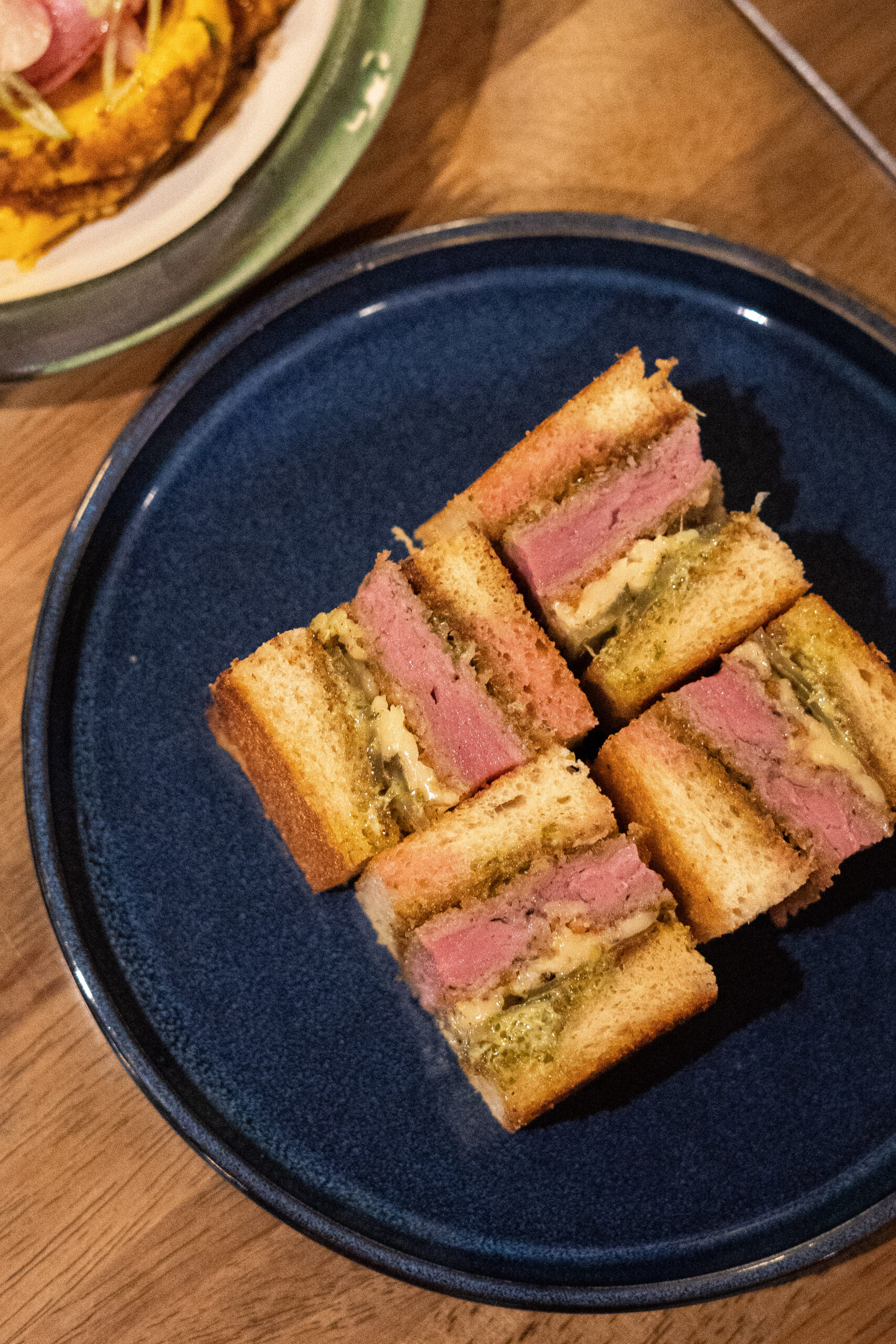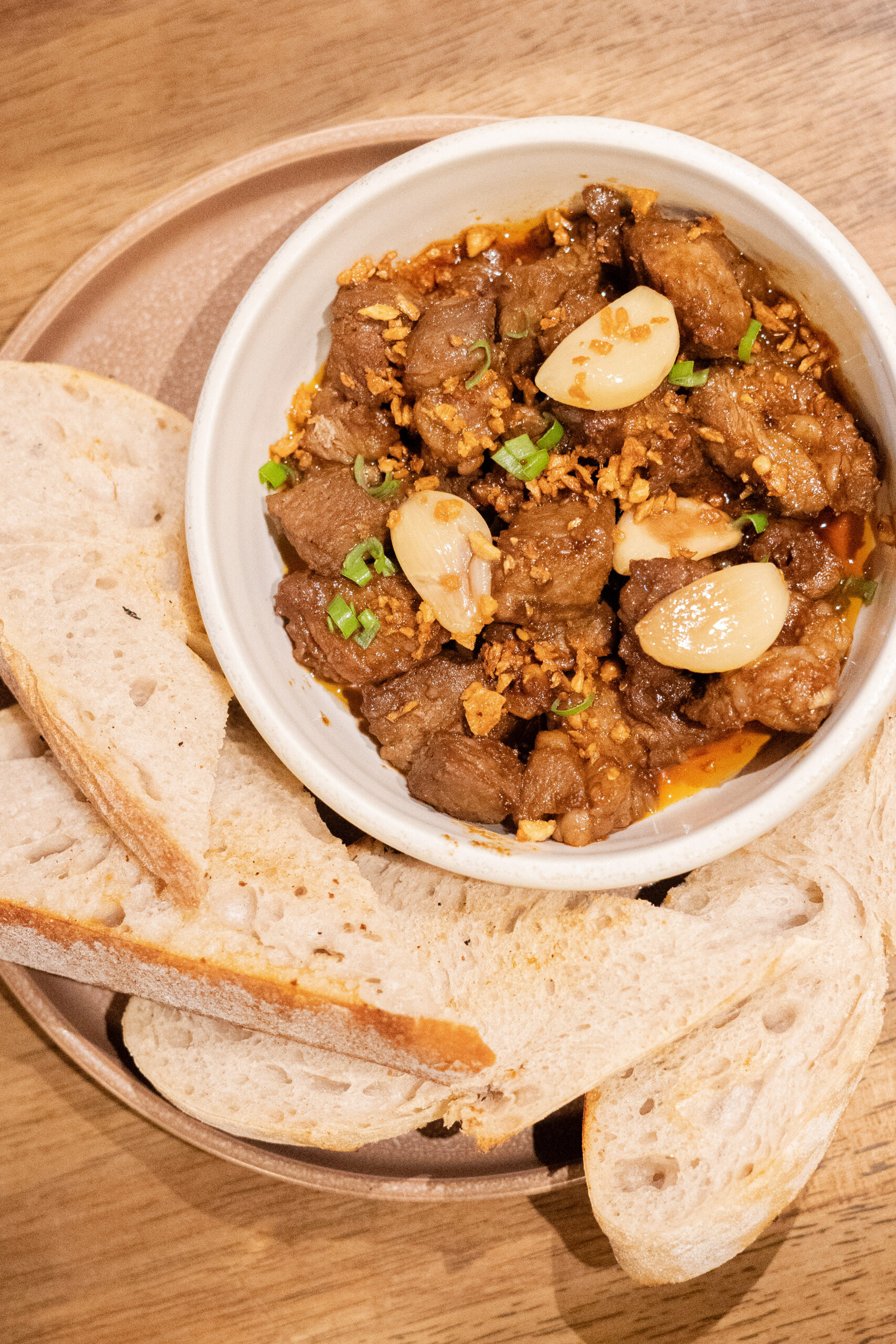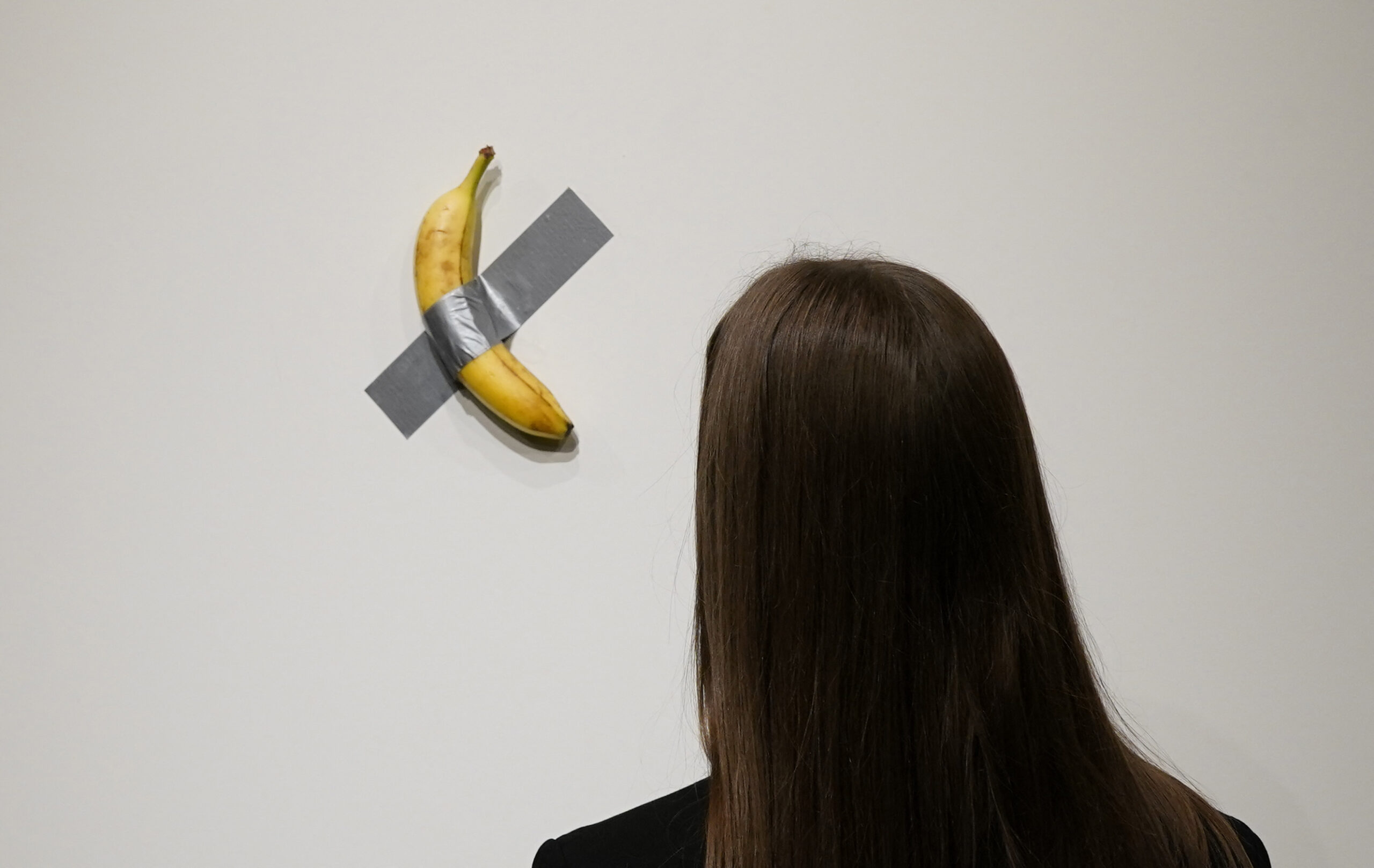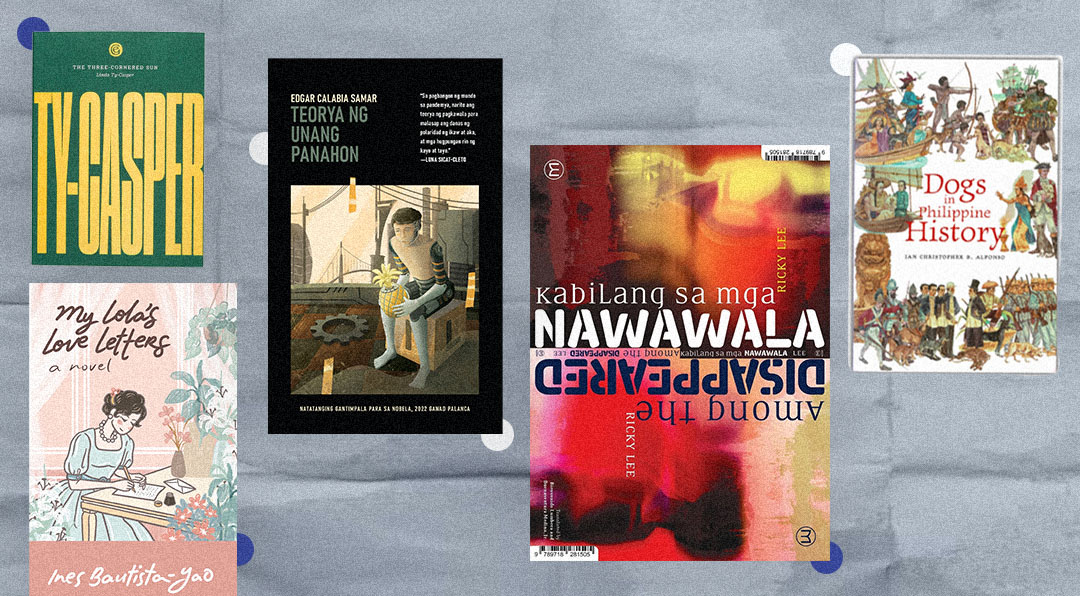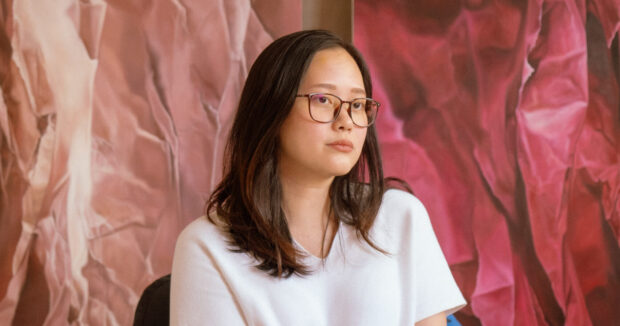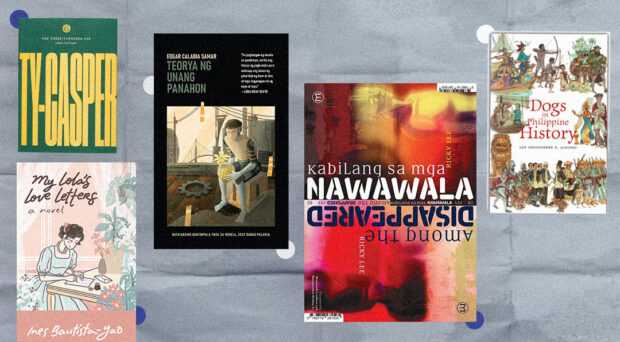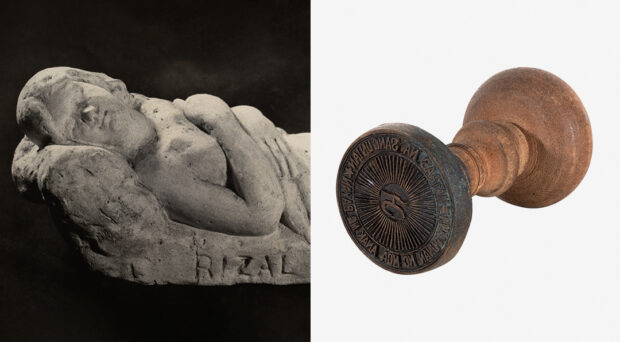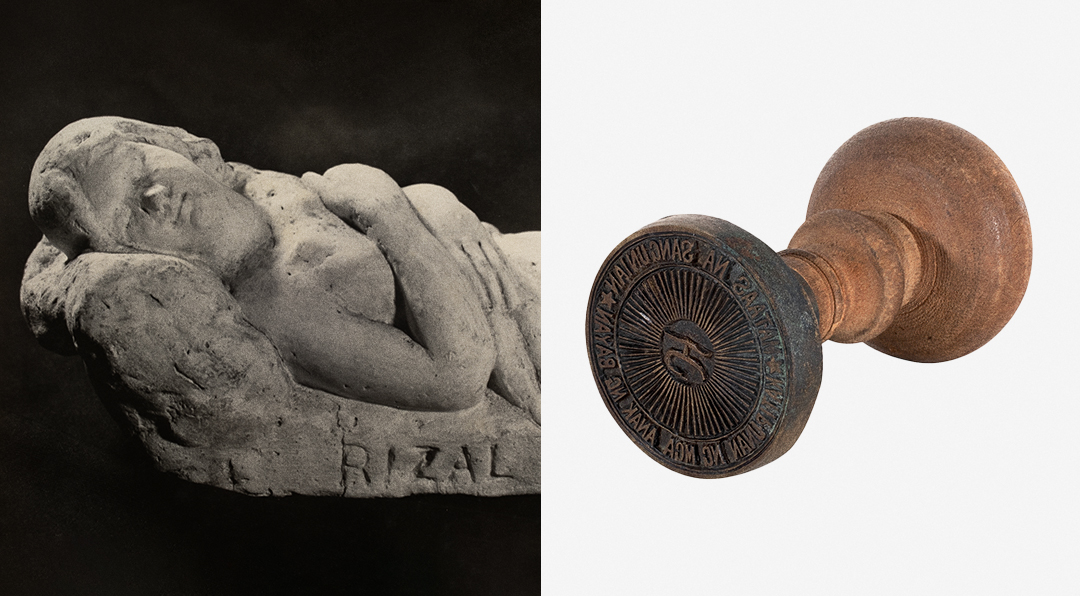From sourcing Chingolo Deli’s Argentinian Beef to Sustainable Content Creation at FEATR Media, Erwan Heussaff knows something about food we’re just starting to discover
Be reminded: Erwan Heussaff is not a chef.
A familiar figure in the realms of entertainment and F&B, you may have seen his face in a suggested cooking video during a session of late-night scrolling. Or a few years ago you may have dined in some of his daring early restaurant ventures around Manila.
Earlier this year, Heussaff was presented the prestigious James Beard Award for his coverage of cuisine in his digital video channel FEATR Media. At present, he is now co-owner of the popular neighborhood spot Chingolo Deli, alongside his brother-in-law Nico Bolzico.
Needless to say, Heussaff’s path to carving his niche in the world of F&B has been far from ordinary. At present, he appears to have finally anchored himself in a career that resonates with both his passions and his expertise—with a grassroots approach that is proving to have a direct, positive impact on localized communities.
Foundations in Food
After high school in the Philippines, Heussaff faced a choice: attend cooking school or enroll in a business course. Despite his love for food, he feared he would develop a distaste for the culinary arts, and decided to take up business in Paris. Fresh out of college, Heussaff unexpectedly landed in Russia, managing various establishments on Sakhalin Island off the coast of Siberia. He also gained hotel industry experience in Hanoi, Bangkok, and Shanghai.
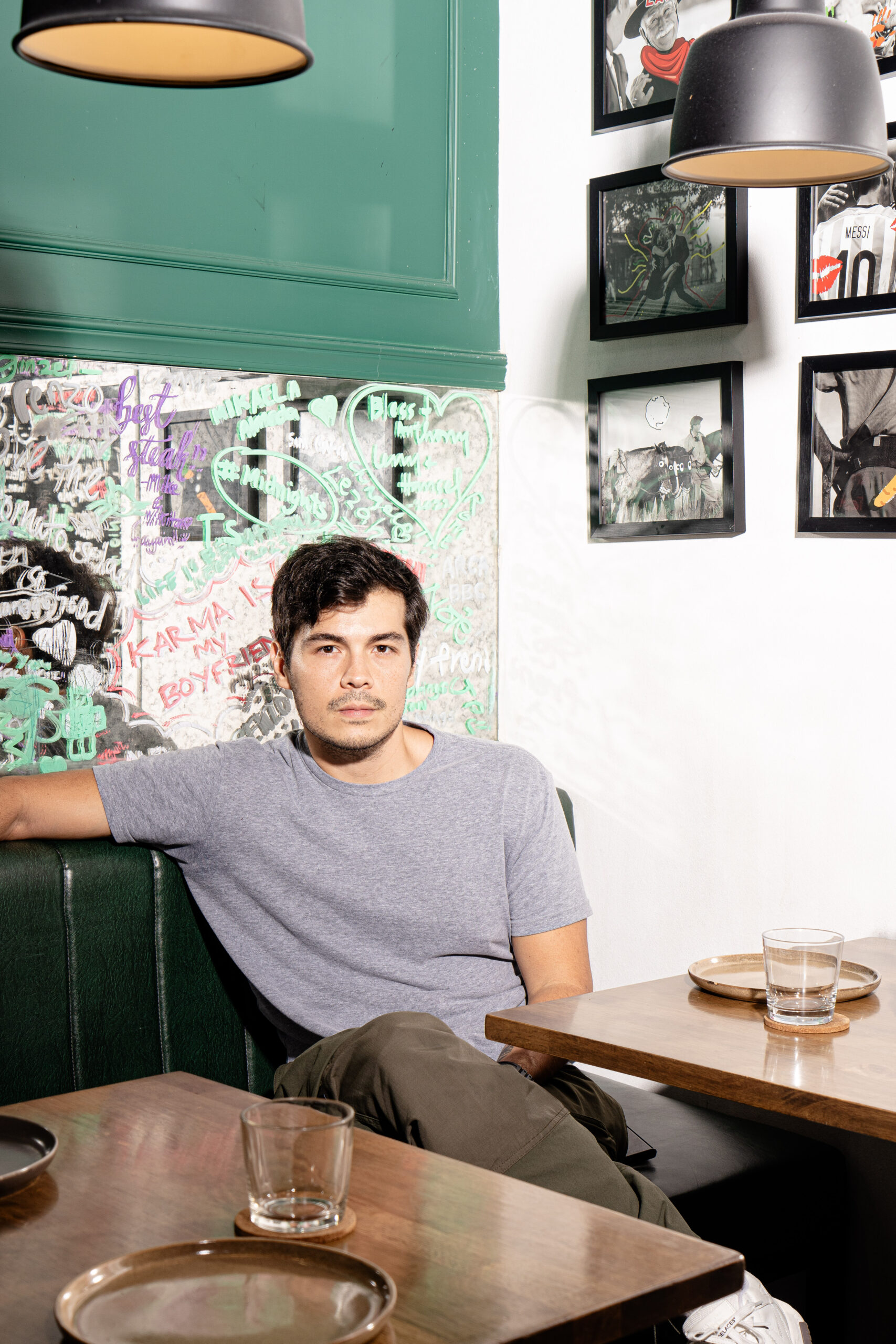
While Heussaff rarely prepared the food to be served himself, he had gained knowledge of the ins and outs of the food service industry. So it was no surprise when he returned to the Philippines to venture into the local FNB scene.
You may recall the sprawling Rockwell cafe Hatch 22 or other ventures like Pink Panda, Crisp, The Red Light, Sabao, Sprout, Niner Ichi Nana, and multiple concepts at The Palace complex. At one point in 2014, Heussaff was managing up to ten restaurants.
Since then, what has Erwan Heussaff been up to?
A few years ago, Wildflour’s Chef Allen Buhay included “Bolzico Beef Tenderloin” on their menu. Heussaff recalls with a laugh, “We didn’t have a brand for it. If you asked any marketing person they would be like, ‘That’s a terrible name!’”.
This grass-fed, ethically raised beef proved to be the benchmark of a new venture for Heussaff and his brother-in-law—the establishment of Chingolo Deli.
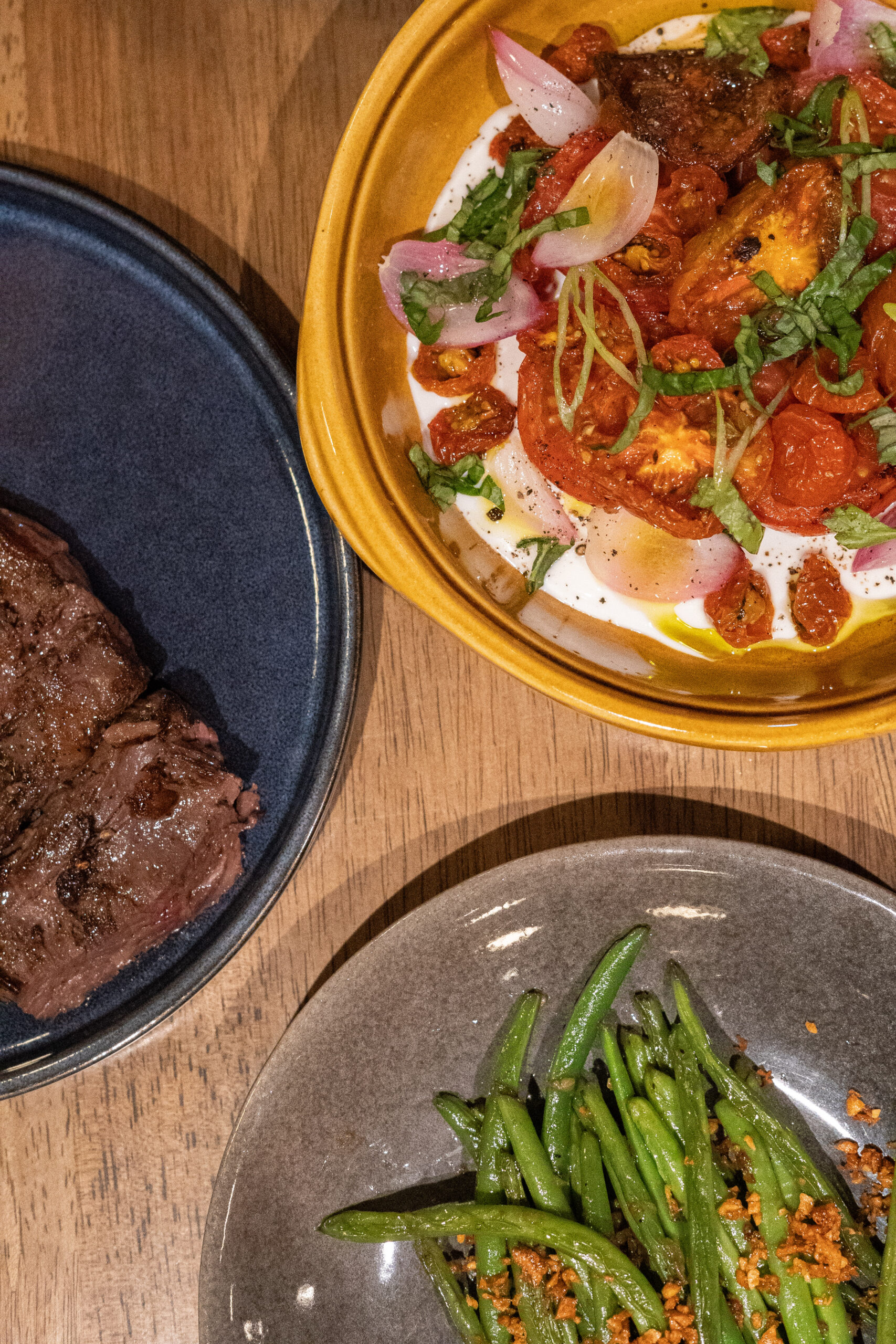
Following a transformative trip to Argentina in 2016, Heussaff and Bolzico started importing beef, eventually partnering with a premium Argentine slaughterhouse in 2017. Today, Chingolo Deli, located on Chino Roces Ave., is both a butcher shop and a speakeasy-style restaurant. They offer a wide range of meat products online, along with pasta, sauces, pickles, wine, salts, and other essentials for a steak dinner.
At Chingolo Deli, Simplicity Tastes Like Home
While Heussaff’s first ventures were highly conceptual and experimental, his knowledge of the behind-the-scenes world of a restaurant is undeniable. With a sense of humility, he reflects,
“I think that’s an ego thing in your 20s…. where you want to put so much of yourself into the product that you’re delivering. Whereas here, [in Chingolo Deli] we took ourselves out of it to understand what people want.”
The proprietor tells us the deli is full of regulars, and we can’t help but wonder just what the secret is. When we ask Heussaff, he tells us how the deli brings the experience of a steakhouse closer through menu items that hit close to home. He states,
“I think it was understanding that whether people travel or eat, we’re looking for simplicity. We’re looking for big, comforting flavors even if we don’t know it as comfort food.”
Without a doubt, the menu feels cozy, like soul food—from the well-loved empanada samplers to various burgers (including ribeye and tenderloin options), fresh basil pesto pasta, and a steak Milanesa with sides like garlic parmesan fries and mushroom gratin.
A Sustainable Steak?
Steak is often considered one of the least sustainable meats due to high greenhouse gas emissions, methane production from cows’ digestion, and habitat loss/deforestation. Well, steak from Argentina seems to make a different case. In The Omnivore’s Dilemma, author Michael Pollan wrote, “Eating’s not a bad way to get to know a place.”
Picture Argentinian gauchos on horseback running cattle in the country’s vast meadows. In Argentina, each cow has one acre of land, a sharp contrast to many US and Australian feedlots and warehouses.
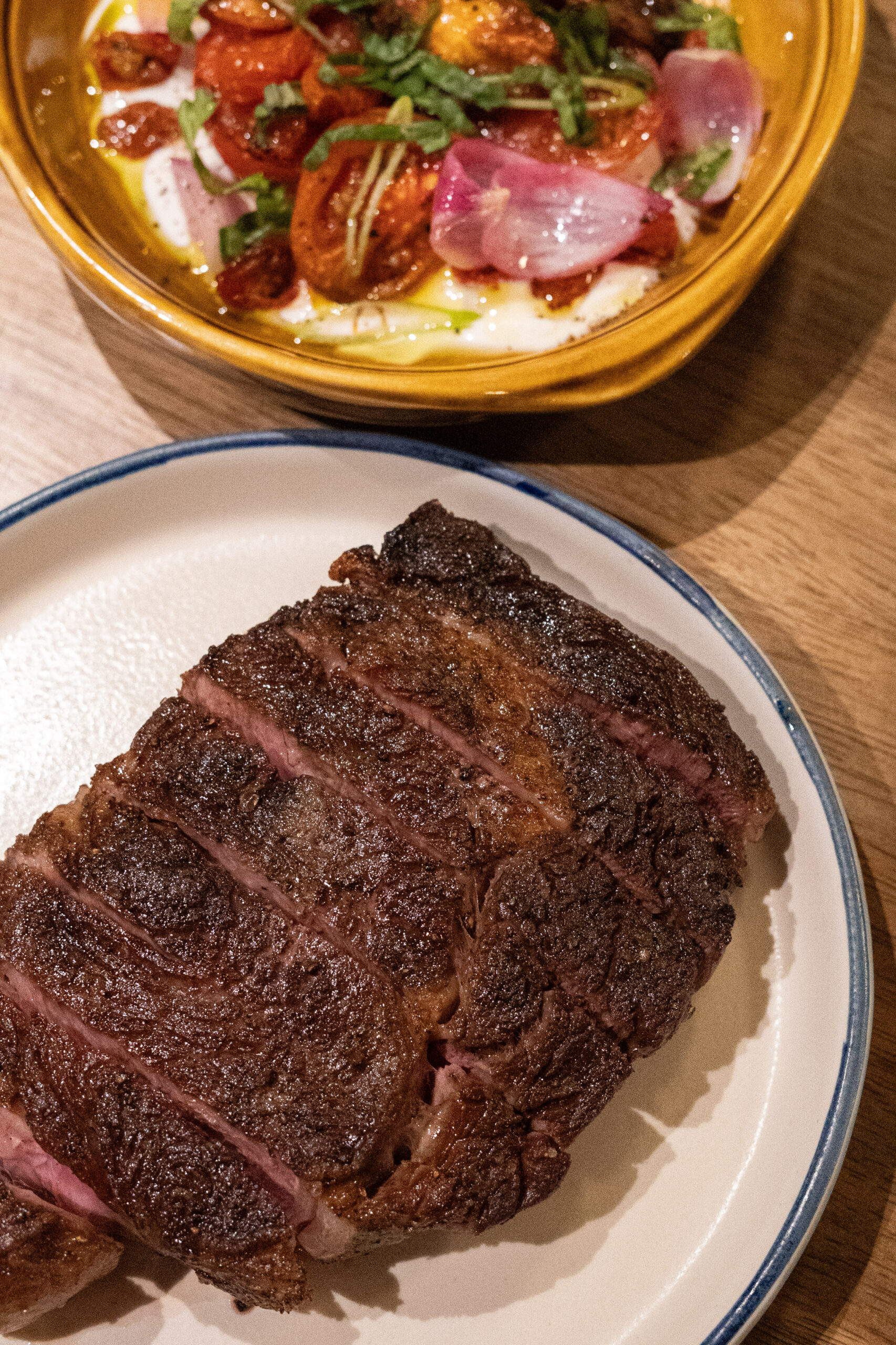
Heussaff tells us these are called “Carbon-positive farms” in fields where cows are grass-fed and the carbon balances to enhance biodiversity and increase yield. This affects the flavor, lessening the fat and accentuating that “beefy” flavor in a more natural way for the consumers.
Apart from the “sprawling farms-to-a-healthy table,” another sustainability push by Bolzico Beef at Chingolo Deli is ensuring the source of their beef is transparent.
“If you want a picture of that cow, we can get it for you,” he says. Heussaff highlights that their item codes can trace a cow’s heritage, from butchering to processing.
How FEATR Media Captures the Heart of Culture
Erwan Heussaff’s sustainability efforts go beyond just sourcing Argentinian beef in his restaurant business. They also extend to FEATR (Food, Encounter, And Travel) Media, a digital video channel from The Fat Kid Inside Studios, where he serves as the face and head producer.
It began with The Fat Kid Inside, Heussaff’s early food blog aimed at promoting healthier choices, inspired by his past weight struggles. Now, his YouTube channel boasts over 3 million subscribers. Notably, he explores Filipino cuisine, such as the earthy, versatile ube. Popular content includes sibling cook-offs with Erwan and Solenn. However, what Heussaff emphasizes in our conversation is the “Salt Series.”
FEATR and its team have documented eight heritage saltmakers. He tells us about the 1995 ASIN Law, which aimed to eliminate iodine deficiency but unintentionally led to the decline of the cottage salt industry in a saltwater-rich country like the Philippines.
“The documentary stories we focus on try to bring to light those that are that we feel are disappearing… A lot of the videos that we’ve had, we’ve seen direct impact.”
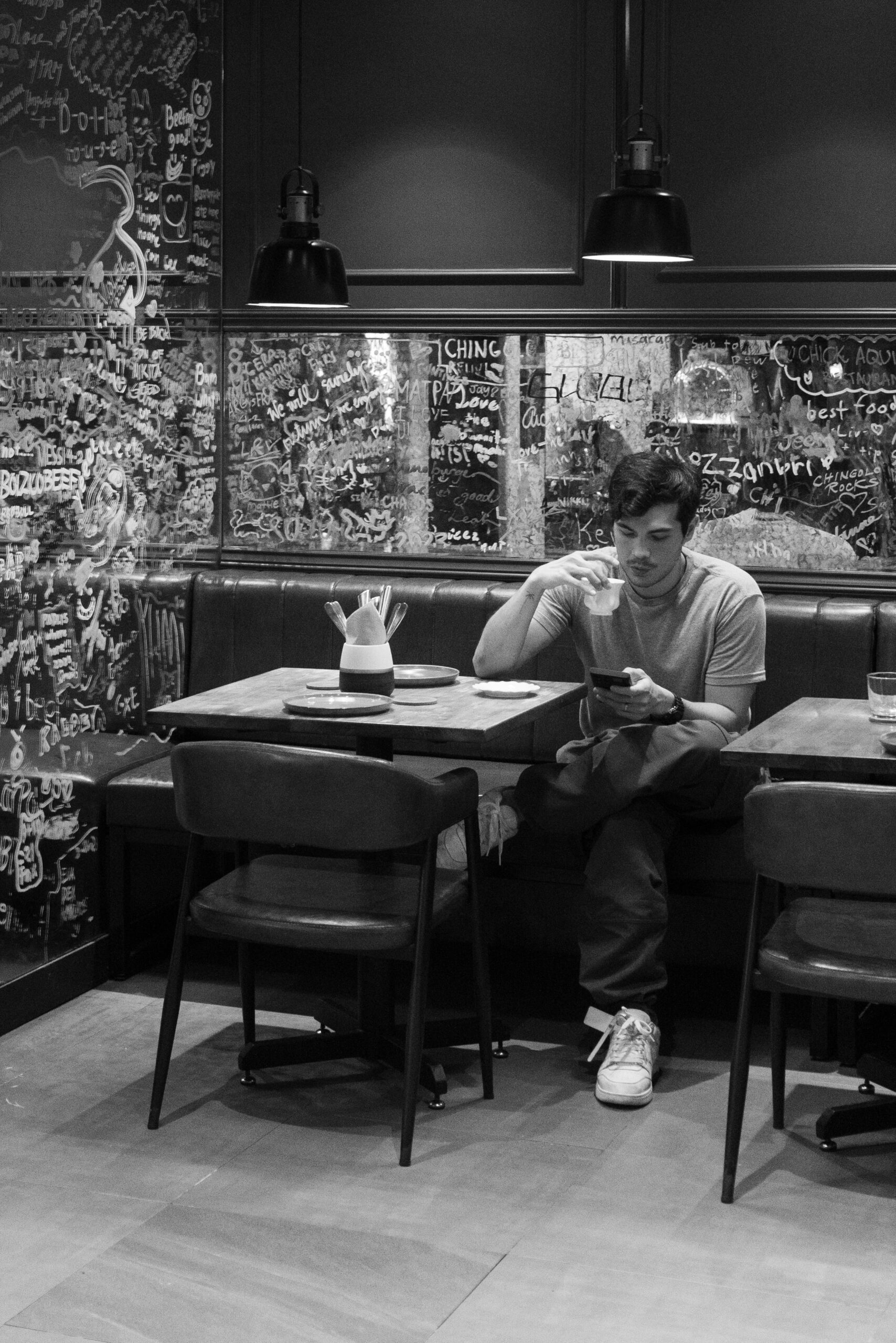
Heussaff shares that the videos have positively impacted artisans’ sales and garnered attention from government agencies, all promoting this intangible food heritage.
In a country divided by islands, there is much opportunity for content. To get there, the FEATR team immerses and spends time on the ground with the subjects themselves.
Heussaff reflects on the video production experience,
“Every video we put out is like a guilty pleasure for me. I think it’s so cool that we get to create videos and at the same time learn…. Each time I go to a new province, it deepens my appreciation for the country. There’s always so much positivity—but also always a lot of sadness.”
“We always see things and you’re kind of like, ‘I wish more people would buy or support this,’ or ‘I wish we would see this more in the national discourse.’ We hope our videos help towards that.”
—
Erwan Heussaff speaks with a sure eloquence. Having had a career in the spotlight, there were instances he received public backlash, which he has risen above to now communicate every thought with heightened awareness.
He says, “I think when you’re younger, you tend to react to things quicker. Whereas when you’re 36, and a dad, you realize patience and understanding are everything. It’s a choice to focus on the positive.”
As FEATR continues to garner success, the question hangs: How do you attract an audience to culturally sensitive and meaningful content, without resorting to clickbait? Heussaff asserts FEATR’s commitment to strong ethical standards—aligning with his grassroots approach as both a restaurateur and a media creator.
When “creator” has become such a common career, Erwan Heussaff expresses how his perspective differs:
“The word I prefer over authenticity is congruence—just making sure that what you do put out there is what you actually practice.”
—
Photography by JT Fernandez
Creative direction by Sophia Concordia
Cover design by Julia Elaine Lim
Special thanks to Coleen Iñigo
Chingolo Deli is located at UPRC III Building, 2289 Chino Roces Ave, Makati, 1231 Metro Manila.


